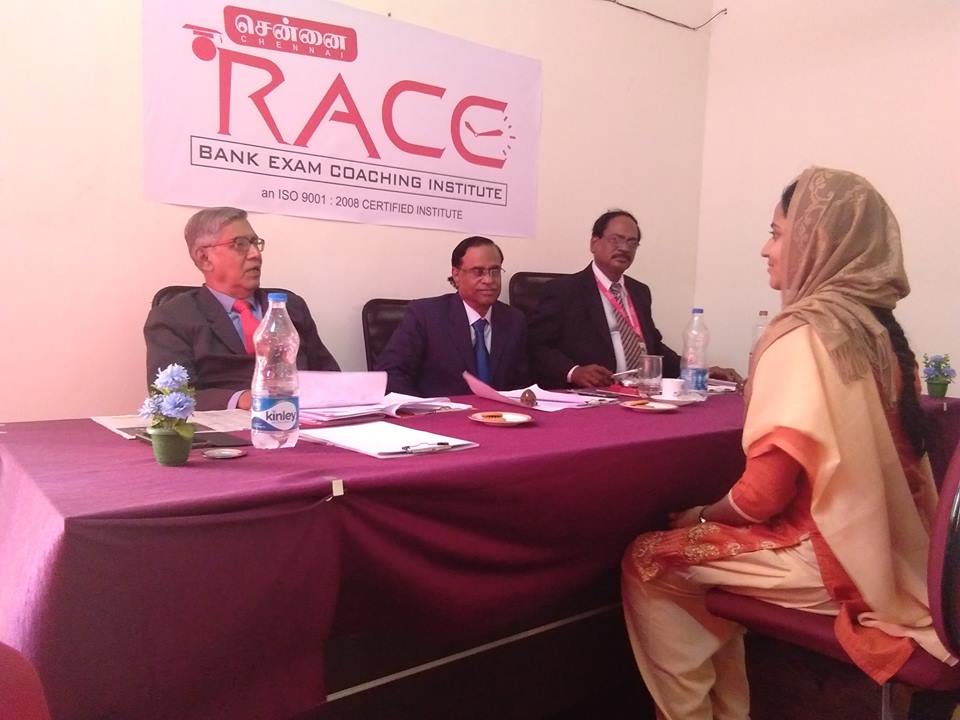Tips to Solve the Rearrangement of sentences

Tips to Solve the Rearrangement of sentences
Rearrangement sentences of a jumbled paragraph is appearing under the English section, in all competitive tests based on objective questions method. Normally 5 to 8 sentences of a paragraph are given in an order different from the one, originally written by the author.
Normally five questions are asked (irrespective of the number of sentences) to test the candidate’s ability to identify the correct order of the sentences.
Some tips for solving this type of question are given below:
(a) Read the sentences once or twice to identify the subject.
(b) The next task is to identify the first sentence. There are two approaches. Either directly the sentences can be scanned to identify the first sentence or through elimination of choices in the question for first sentence. In the latter method two or three choices can be easily eliminated leaving utmost two options which will be left behind when we apply the following tips.
(c) Any good paragraph will generally start with an introduction to the subject.
-> It could be a general statement on the issue/idea/subject the paragraph covers,
-> a statement on the present status of the subject, say, about the economic, social or political conditions
-> could be a specific historical event (when the subject is an historical one or the narration in the para starts with a point of time or an event in the past.
->a famous quotation
->Sometimes a dramatic statement could be the starting point.
(d) After the introductory sentence, the next logical step would be to expand the definition of the issue.
(e) Then one or two ideas elaborating or adding more information on the idea/ issue are normally presented
(f) Then a contradictory idea is introduced.
(g) Finally the paragraph is closed with author’s opinion/comments/suggestions on the issue
(h) The last sentence will generally begin with some typical words like hence, in conclusion, thus, lastly, therefore, last but not the least etc
(i) Middle sentences are connected by specific ideas usually recognized by typical key words related to the subject of discussion or some connecting words at the beginning or middle of the sentence.
(j) Typical beginning words are `similarly’, `likewise’, and, `in the same vein’ etc (which connect the present sentence with the previous one by way of support or additional information) and contradicting words like `however’, `on the other hand’, `despite’, `but’, `however’ etc.
(k) While these connecting words help us to identify the link, some key word normally links the middle sentences. This key word could even start from the first sentence.
(l) The same word need not link all the sentences.
Approach to the solution:
The following steps are suggested
1. Read all the sentences once or twice before looking at the questions, to get the key idea of the para. This will help us to identifying the first sentence of the para. Identifying the first sentence will help us to logically arrange the other sentences
2. Elimination of sentences by looking at the starting word or phrase will help us in recognizing whether a sentence could be the first sentence or not. This approach is used even elimination of choices given for first sentence.
3. Normally first sentence will not start with transitional phrases or words, which could be a conjunction, pronoun, adverbial etc
4. Middle sentence could be logically arranged by identifying some key word generally appearing in the middle of a sentence which links two sentences. This link will be in the form of providing additional information on the concept represented by the key word or expansion of the concept.
Alternate method:
Whenever the number of sentences to be rearranged is more than five or even otherwise we can identify the first sentence by looking at the answer options for the question which asks `which is the first sentence after rearrangement?’.
We have five options and looking at all the options with reference to the above points will help us to identify one or two options which could be possible candidates for the first sentence. It generally happens that when we get one or two as the possible first sentences, they will be the first and second or first and last.
For example let us look at the first exercise given below.
1. A. A group of media persons have now taken the responsibility of educating people regarding the reality shows.
B. This is because these shows are said to be staged, fabricated and directed to improveTRPs
C. The reality shows on TV have been attracting a huge viewership recently.
D. Owing to their efforts, the public has now realized the truth behind reality shows and such shows are fast losing their hold.
E. Though the name infers `real’ the viewers are being exposed to a lot of `unreal’ content.
F. The public however is, drawn to such contents of the reality shows unaware of this
fabrication.(SBI PO Examination, April, 2013).
Identification of the first sentence
-
It can be identified by one or two readings that the subject is `reality shows’
-
The adverb `now’ indicates something else is mentioned before the sentence A.
-
The pronoun `these’ indicates that the shows have already been identified in an earlier sentence. So B cannot be the first sentence.
-
The pronoun `their’ in sentence D means the persons referred to by their has already been introduced in an earlier sentence. So D cannot be the first
-
The subordinating conjunction `though’ is used to introduce a contrary idea to the one which is already being discussed. So E cannot be the first sentence.
-
Similarly the adverb `however’ eliminates sentence F.
-
So `C’ is the general statement to introduce this topic. Moreover all the other sentences begin with a connecting word indicating they are following some other sentence and possibly cannot become the first sentence.
-
The word ` reality’ is the key word and the second sentence to follow C is E.
-
Then the key word ` unreal’ leads to B as the third sentence which gives additional information on the word unreal.
-
Now sentence F follows logically explaining how people are mislead by the fabrication mentioned in sentence B.
-
Then A should come as a follow up to B, to introduce the action being taken.
-
The pronoun `their’ in sentence D makes it a logical follow up sentence and also makes it the concluding sentence carrying the summary comment of the author and present status on the subject.
-
Thus the order of sentences is C,E,B,F,A and D.
Exercise and Practice questions to be Continued in the Next post..




